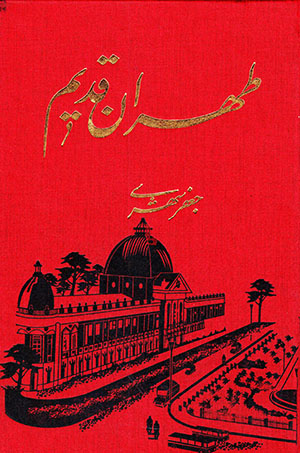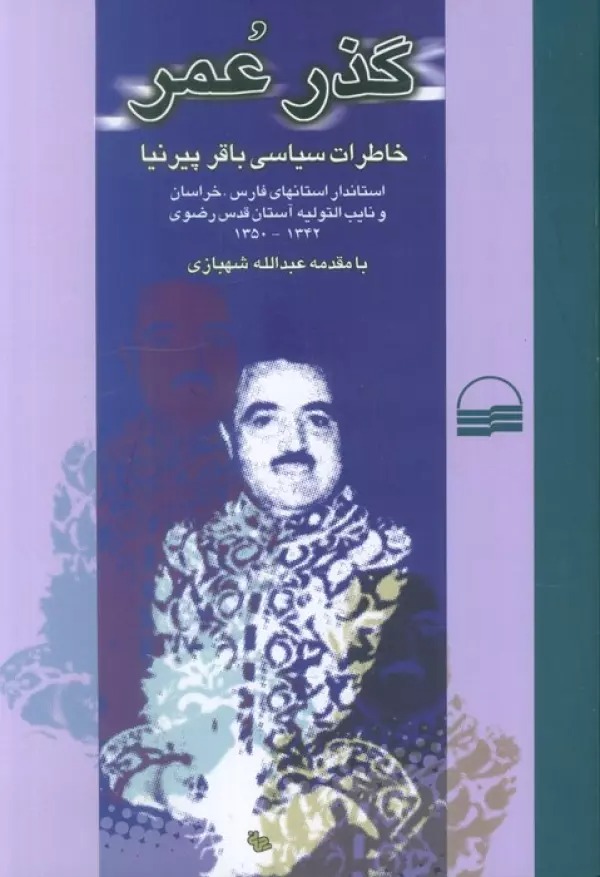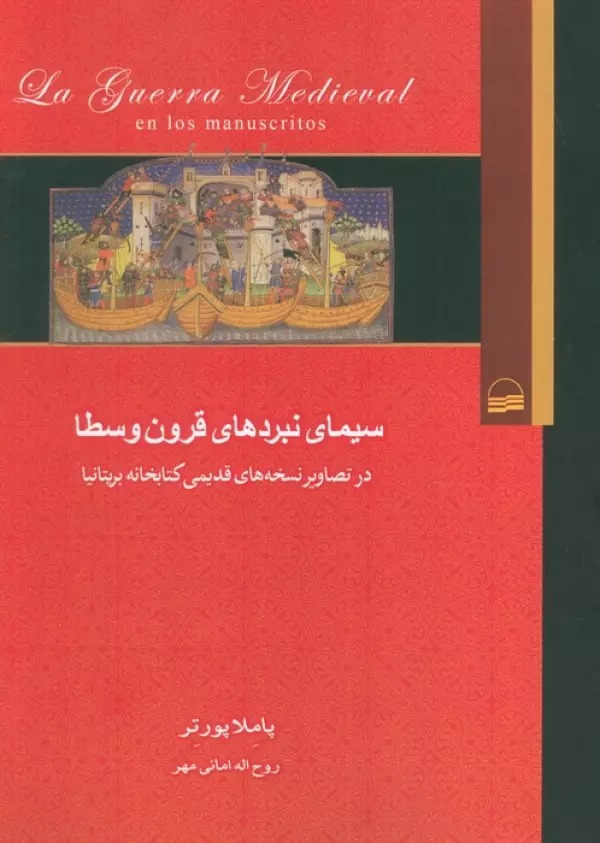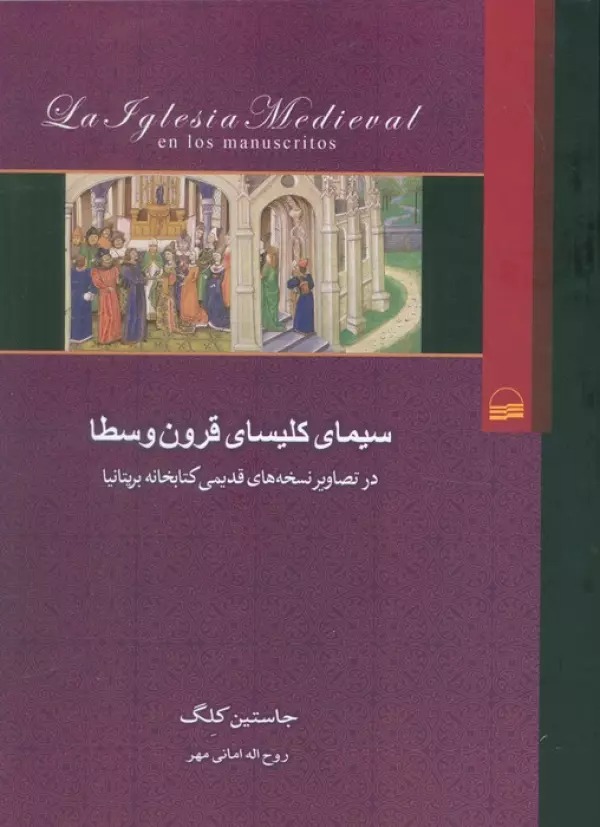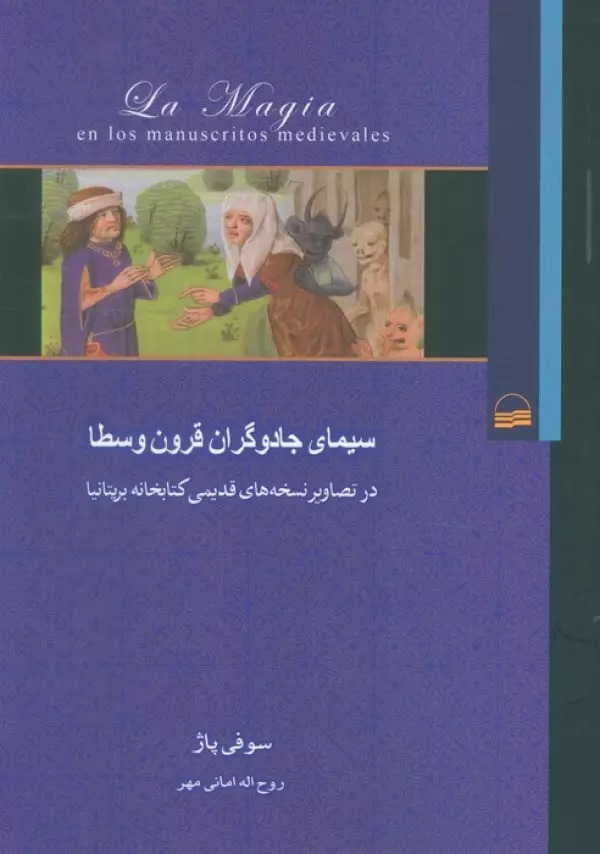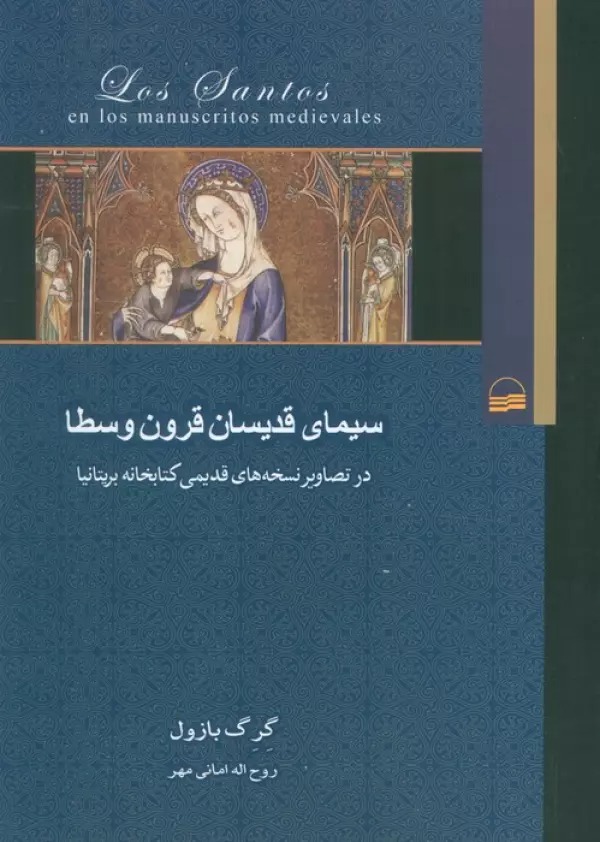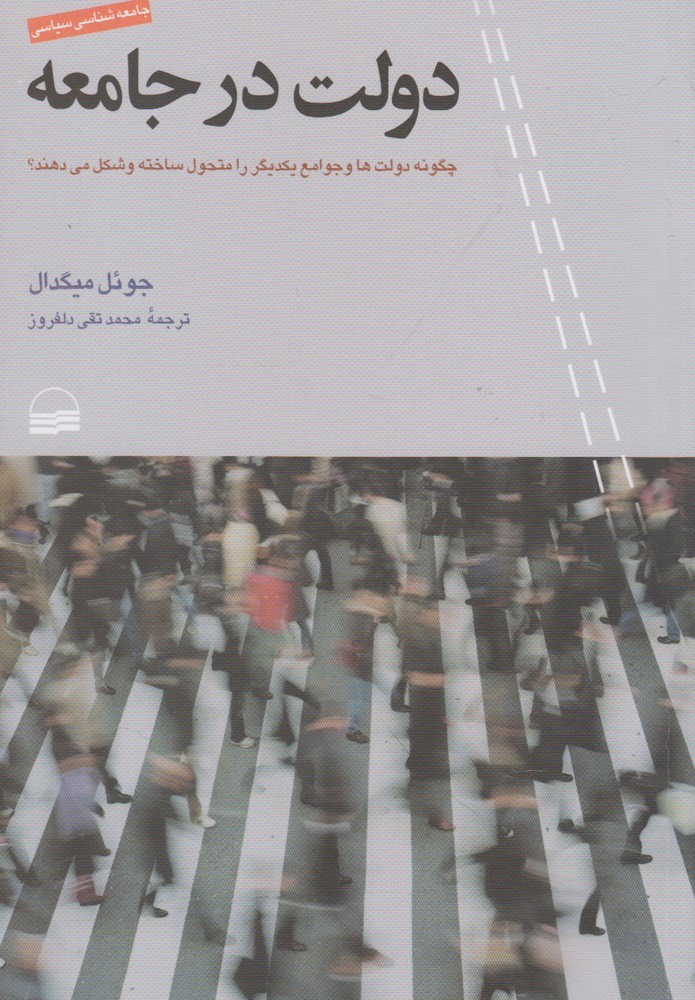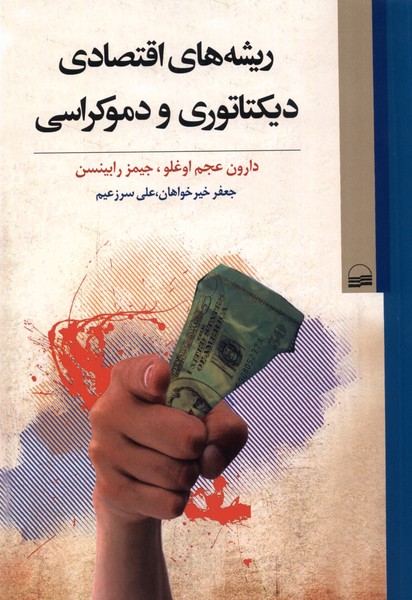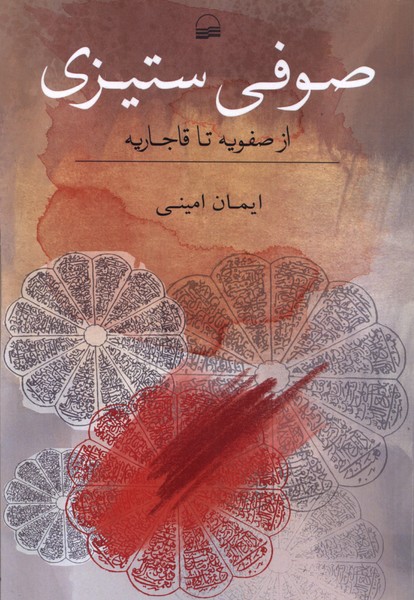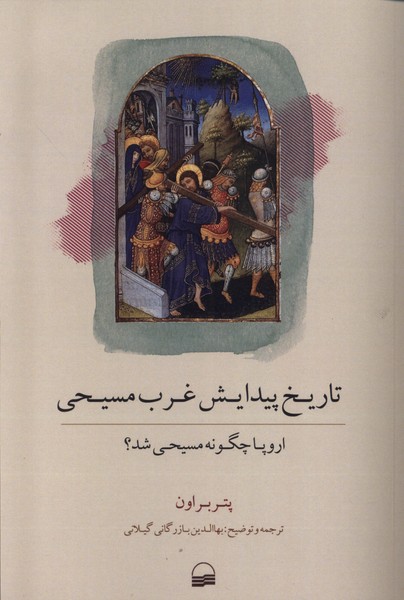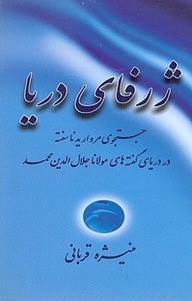Tārīkhchah-yi Nasl'kushī: Persian 1401
تاریخچه نسل کشی
16.35 £
Share
Wishlist
Original Title:
Genocide: A World History
ISBN:
9789642143603
Translator:
Murtiz̤á Munshī
Publisher:
Kavir
Age Group:
Adult
Pages:
244
Weight:
264 g
Dimensions:
14 x 21 x 2 cm
Book Cover:
Paperback
Genocide occurs in every period and on every continent. Using the 1948 U.N. definition of genocide as its departure point, this book examines the main episodes in the history of genocide from the beginning of human history to the present. Norman M. Naimark lucidly shows that genocide both changes over time, depending on the character of major historical periods, and remains the same in many of its murderous dynamics. He examines cases of genocide as distinct episodes of mass violence, but also in historical connection with earlier episodes.
Unlike much of the literature in genocide studies, Naimark argues that genocide can also involve the elimination of targeted social and political groups, providing an insightful analysis of communist and anti-communist genocide. He pays special attention to settler (sometimes colonial) genocide as a subject of major concern, illuminating how deeply the elimination of indigenous peoples, especially in Africa, South America, and North America, influenced recent historical developments. At the same time, the "classic" cases of genocide in the twentieth Century - the Armenian Genocide, the Holocaust, Rwanda, and Bosnia -- are discussed, together with recent episodes in Darfur and Congo.
more
نسل کشی در هر دوره زمانی و در هر قاره ای رخ می دهد. این کتاب با استفاده از تعریف 1948 سازمان ملل از نسل کشی به عنوان نقطه عزیمت آن، به بررسی قسمت های اصلی تاریخ نسل کشی از آغاز تاریخ بشر تا به امروز می پردازد. نورمن ام. نایمارک به روشنی نشان میدهد که نسلکشی هم در طول زمان تغییر میکند، هم بسته به ویژگیهای دورههای تاریخی مهم، و هم در بسیاری از پویاییهای قتلآمیز آن یکسان میماند. او موارد نسلکشی را بهعنوان اپیزودهای متمایز خشونت جمعی، اما در ارتباط تاریخی با قسمتهای قبلی بررسی میکند.
برخلاف بسیاری از ادبیات مطالعات نسلکشی، نایمارک استدلال میکند که نسلکشی همچنین میتواند شامل حذف گروههای اجتماعی و سیاسی هدفمند باشد و تحلیلی روشنتر از نسلکشی کمونیستی و ضد کمونیستی ارائه دهد. او توجه ویژه ای به نسل کشی شهرک نشینان (گاهی اوقات استعماری) به عنوان موضوع مهمی دارد و نشان می دهد که چگونه نابودی مردم بومی، به ویژه در آفریقا، آمریکای جنوبی و آمریکای شمالی، بر تحولات تاریخی اخیر تأثیر عمیقی گذاشته است. در عین حال، موارد "کلاسیک" نسل کشی در قرن بیستم - نسل کشی ارامنه، هولوکاست، رواندا و بوسنی - همراه با قسمت های اخیر در دارفور و کنگو مورد بحث قرار می گیرد.
more




